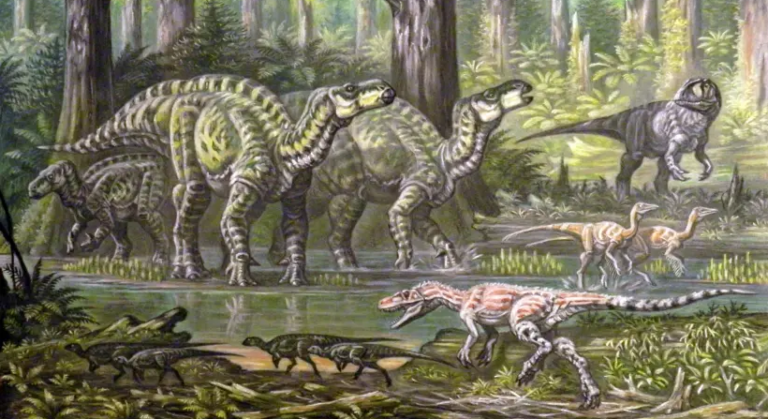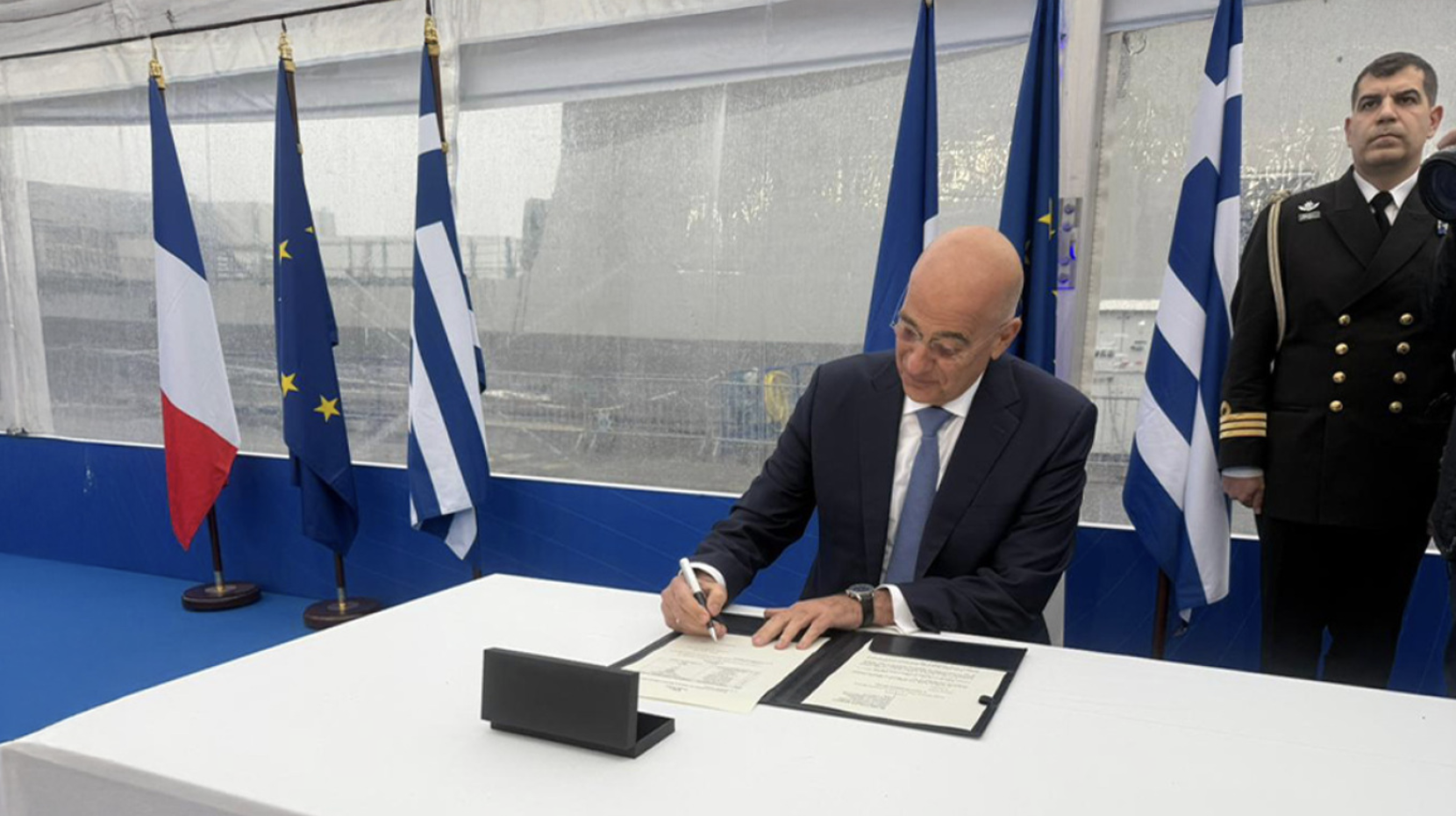Oviraptorosaurs are a group of birdlike dinosaurs that were part of the ancestral dinosaur lineage that later gave rise to birds. Oviraptorosaurs walked on two legs, had a powerful toothless beak and were covered in feathers.
One of the first known species, Oviraptor philoceratops, was discovered in the 1920s when a skeleton was uncovered alongside a nest of eggs in Cretaceous rocks of Mongolia’s Gobi Desert. Paleontologists at the time assumed that the animal had died while attempting to raid the nest of another dinosaur — the name means “egg thief”.
It wasn’t until the mid-1990s, thanks to another discovery, that it was realized that the Oviraptor had actually been preserved in the act of tending to its own eggs. Since then, several important discoveries of oviraptorosaur eggs and nests have helped paleontologists reconstruct the reproductive and nesting habits of these unusual and birdlike dinosaurs.
Greek FM Dendias in Ukraine: Visit-message & meeting with the Greeks of the country
In 2021, the latest such discovery revealed an exquisitely preserved skeleton of an oviraptorosaur curled in its egg. Our group of scientists from Canada, China and the United Kingdom led the study of this 70 million-year-old fossil from China, known as Baby Yingliang.
Baby Yingliang is the first skeleton of a baby dinosaur showing precisely how the embryo was curled in its egg. Although the remains of other embryos have been found inside eggs before, their embryonic positions were uncertain because these skeletons were disarticulated or missing many bones.
Read more: JPost
Ask me anything
Explore related questions





